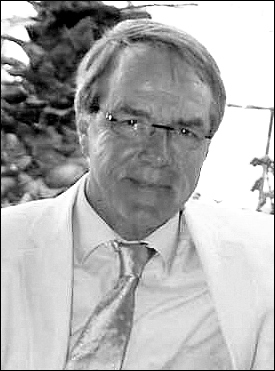
Requests by Email for more detailed photos of
title number, click Contact.
Buy for the indicated price, without picture frame.
You will receive the invoice by email immediately.
Ready to hang, signed, canvas on stretcher frame or MDF board.
Packaging: sturdy cardboard box with inner sleeve with 40mm buffer.
Secure payment / refund in case of non-delivery or damage.
Payment options: IBAN / SEPA BIC / Swiftcode.
Delivery 4 - 14 workdays Track and Trace .
Theo Langendam (1949), Dutch painter. Works alternately in France and the Netherlands. His work is listed at the RKD-Netherlands Institute for Art History in The Hague . He participated in several group exhibitions in the Netherlands and France.His works are represented in international private collections. His work encompasses the most important movements in the modern history of painting. Initially he worked in an impressionist style with "The Hague School" (1860-1900) as an example. The painters of "The Hague School", including Jozef Israëls, the brothers Jacob and Willem Maris, Willem Roelofs, Constant Gabriël, Hendrik Willem Mesdag and Anton Mauve, strove for a realistic representation. Characteristically, that representation also tried to be a mirror of the artist's state of mind. They admired the French artists of the Barbizon School. Around the age of twenty-five, he studied Cubism and the Dutch Modernists, including Jan Sluijters and Leo Gestel and Geer van Velden. Afterwards his work has more expressionist and abstract characteristics. He produced many watercolors and gouaches in preparation for his paintings, which in themselves reflect his craftsmanship, his sense of color and his great inventiveness for shapes. In his 20th century Post-Cubist still lifes, the artist successfully combined the angular aesthetic of Cubism with the bright palette of Post-Impressionism.